Topic summary
Course participant
Assessment & Intentional Teaching
Course participant
Visual Arts in ECE
Course participant
Assessment & Intentional Teaching
Educator
Martinborough
Centre Leader
Auckland
Early childhood teacher
Wellington
Advanced Skills Teacher
New Zealand
Intermediate school teacher
New Zealand
Education consultant
New Zealand
Head of Department
School leader
Dunedin
Teacher (primary)
Tauranga
New entrant teacher
Wellington
Deputy Principal
Christchurch
Professional development provider
Auckland
Primary teacher
Nelson
Preschool teacher
Palmerston North
High school teacher
Napier
Teacher
Bay of Plenty
Course participant
Assessment & Intentional Teaching
School leader
Manukau
Course participant
Assessment & Intentional Teaching
Graduate teacher
Blenheim
Course participant
Assessment & Intentional Teaching
